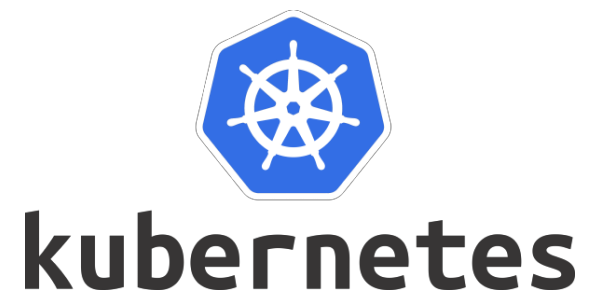Sailing with k8s

My Journey to Cloud Native Automation
In the ever-evolving landscape of software development and deployment, mastering new tools is not just beneficial; it’s essential. My recent venture into Kubernetes, along with Terraform and Ansible for provisioning and automation, has completely transformed my workflow. Here’s how I navigated the basics of Kubernetes, automated my infrastructure, and maintained a consistent and versioned build using Git.
Discovering Kubernetes
My journey began with an interest sparked by a family member and a desire to move away from Docker to simplify the management of multiple containers. Kubernetes quickly caught my attention. I started with the basics: understanding what Kubernetes is and how it manages containerized applications. I learned about its key components, such as pods, services, deployments, and namespaces. The initial learning curve was steep, but online resources, tutorials, and the great book Kubernetes: Up and Running made the process smoother."
Kubernetes’ ability to automate the deployment, scaling, and management of applications made it clear that this was the best way for me to move into cloud-native tools. The promise of simplified orchestration, seamless scaling, and improved resource utilization was compelling enough to make the switch.
Automating with Terraform
Once I felt comfortable with Kubernetes, I turned my attention to Terraform for automating the provisioning of nodes in my cluster. Terraform’s infrastructure-as-code approach resonated with my desire for consistency and reproducibility in my deployments.
I started by defining my infrastructure in Terraform configuration files. This included specifying the VM template, network settings, and Kubernetes cluster parameters. The declarative nature of Terraform allowed me to focus on what I wanted, while Terraform took care of how to achieve it. I was impressed by how quickly I could spin up a new cluster, and with just a few commands, I could replicate environments, whether for development, testing, or production.
Streamlining Provisioning with Ansible
To further enhance my automation process, I integrated Ansible for provisioning the VMs that would host my Kubernetes nodes. Ansible’s agentless architecture made it a natural fit for my workflow. I wrote playbooks to set up the necessary configurations and install required packages, ensuring that each VM was a consistent build before joining the Kubernetes cluster.
With Ansible handling the initial setup, I could focus on the higher-level orchestration provided by Kubernetes. This separation of concerns made my deployment process more efficient and less error-prone.
Version Control with Git
As the configuration files started piling up, I realized that keeping everything versioned was crucial. I leveraged Git to version control my Terraform and Ansible configurations. This not only provided a safety net but also facilitated sharing my troubleshooting achievements with others. Changes could be tracked, rollbacks could be easily executed, and the entire history was at my fingertips.
Conclusion
Switching to Kubernetes, Terraform, and Ansible has been a transformative experience. The synergy of these tools has streamlined my workflow and improved the consistency and reliability of my deployments. The learning curve was steep, but the benefits have been more than worth the effort.
As I continue to explore the depths of Kubernetes and refine my automation strategies, I look forward to sharing more insights from my journey. If you're considering a similar path, I encourage you to dive in—embracing these powerful tools will empower you to build, scale, and manage applications like never before. Happy automating!